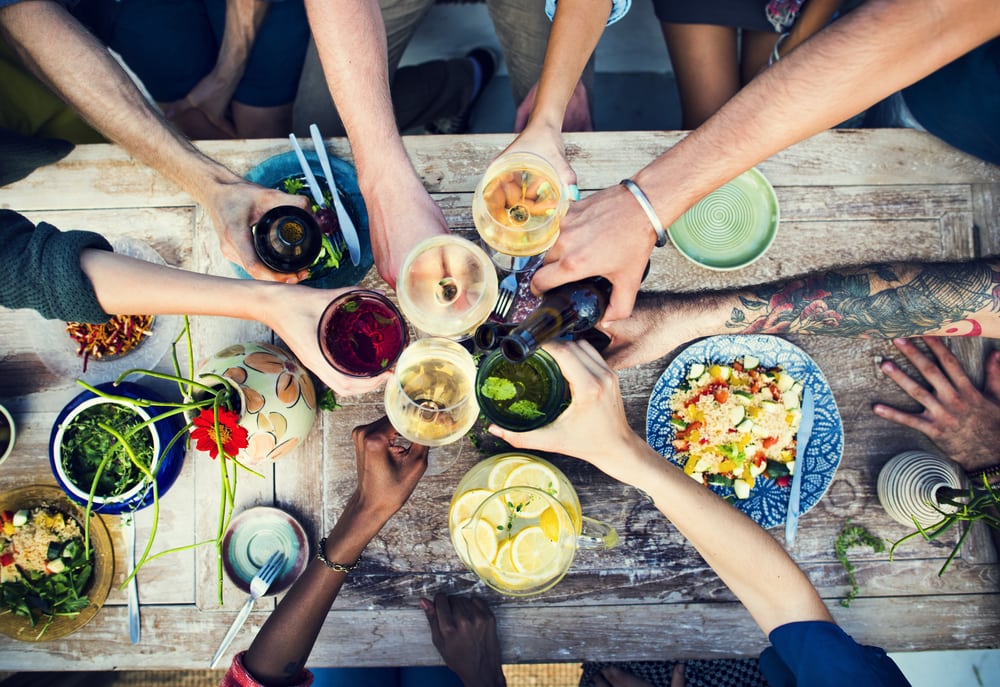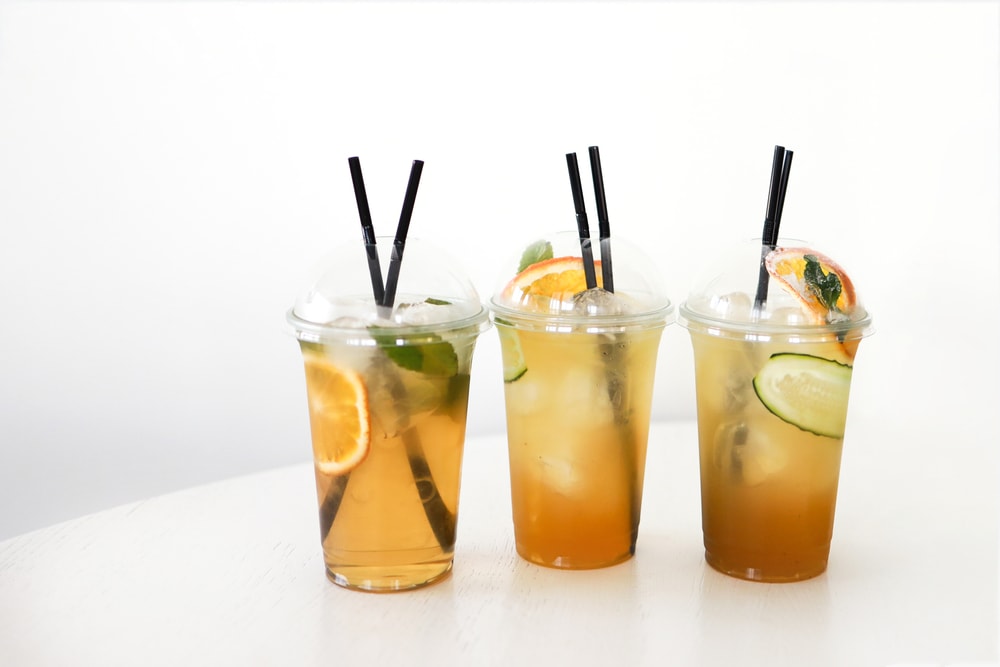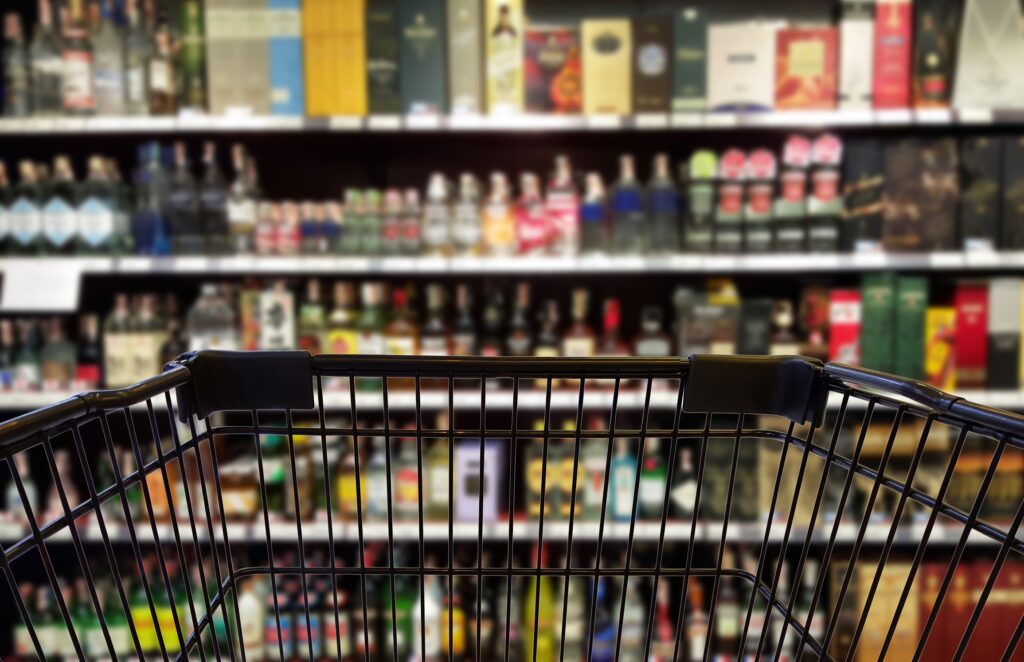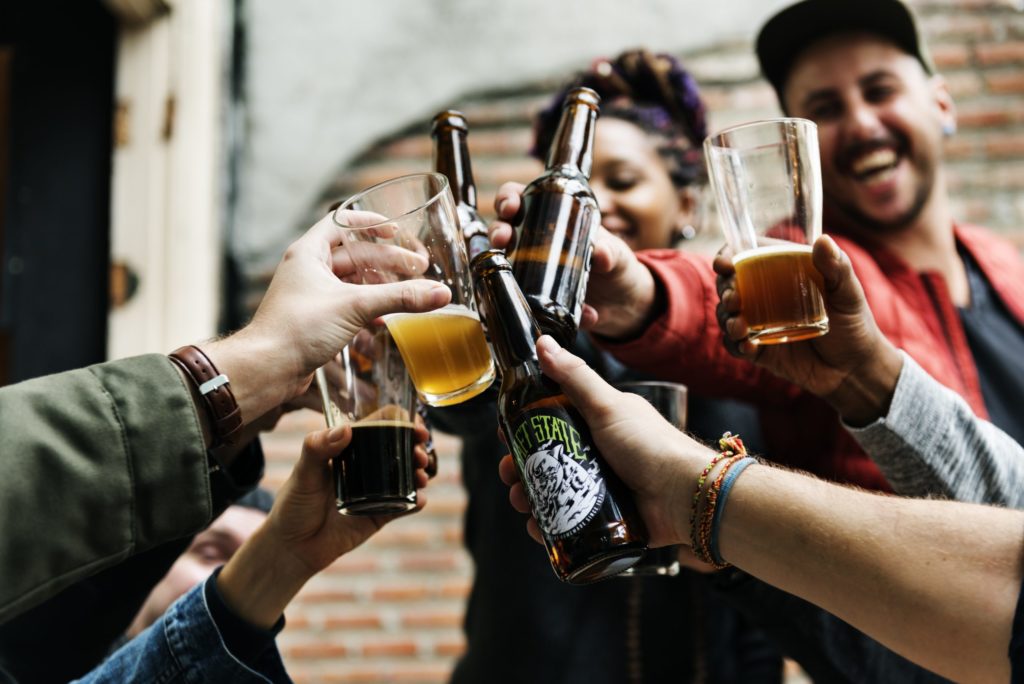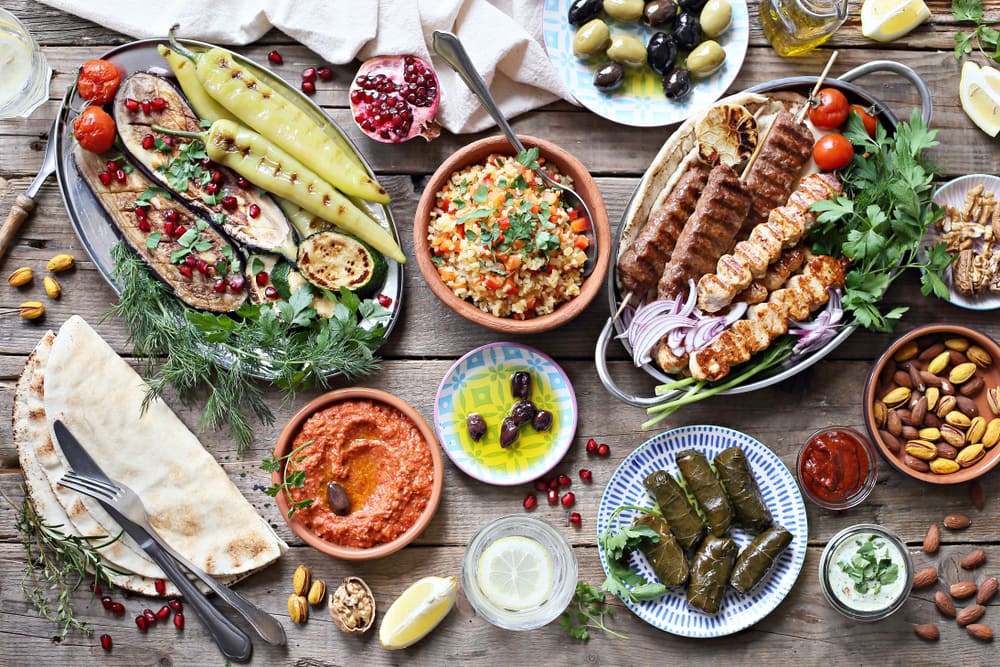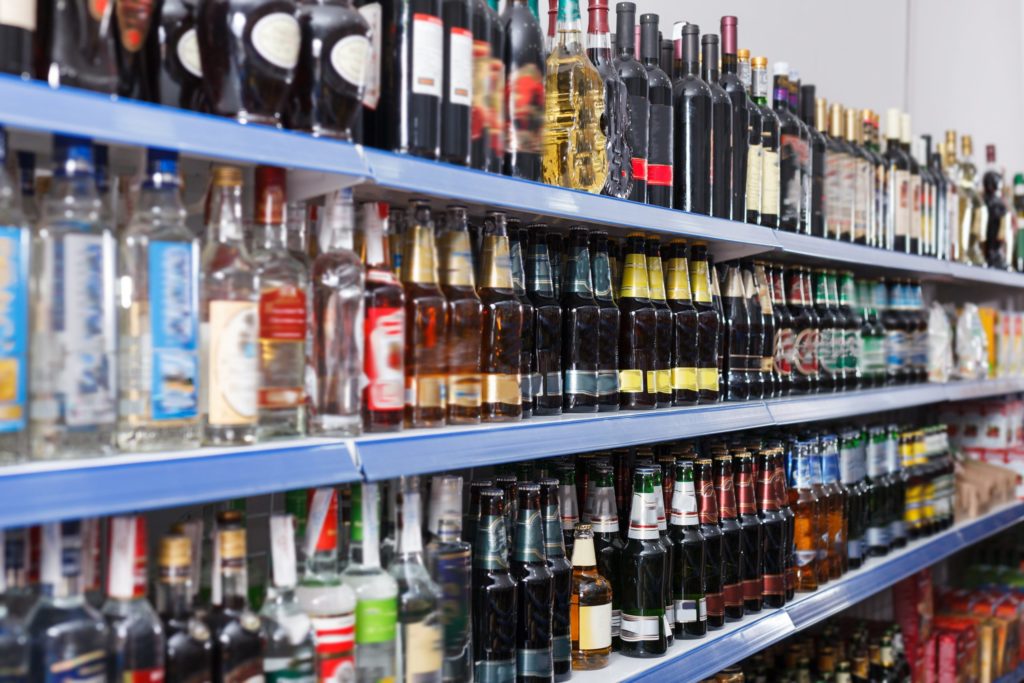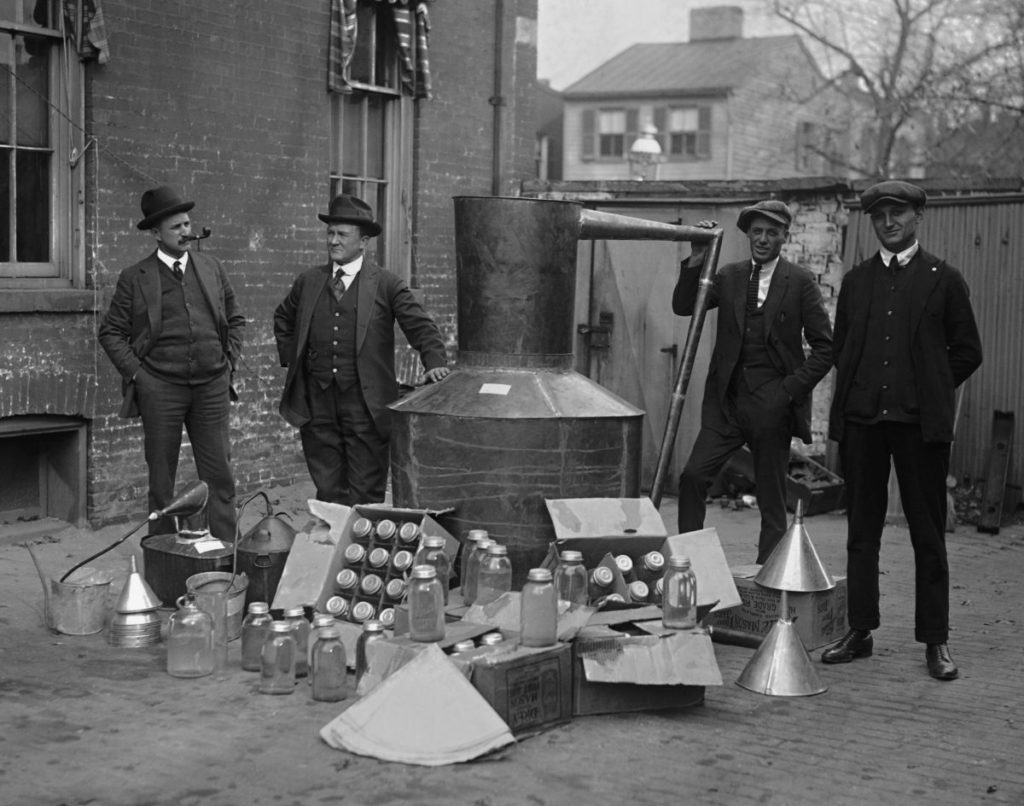The Data Is In: Alcohol Delivery and Consumption During COVID-19
Author
Media Contact
For general media inquiries and to book our experts, please contact pr@rstreet.org.
Introduction
The vast overhaul in alcohol delivery rules during COVID-19 has forever altered the drinks landscape in America. In March 2020, no state had a law on its books allowing restaurants to serve cocktails in a to-go or delivery capacity, and a significant number of states likewise restricted alcohol delivery even from off-premise outlets like grocery stores. By the fall of 2022, however, 38 states had passed versions of to-go or delivery alcohol laws for restaurants, and 43 states permitted at least some type of delivery from off-premise stores.
This shift in how alcohol could be sold and placed in the hands of consumers was a welcome development for struggling small businesses during the pandemic. The economic benefits to restaurants and alcohol stores are well documented, with many of these business owners citing new to-go and delivery privileges as one of the keys to staying afloat and re-hiring employees during a time of stay-at-home orders and mandated on-premise closures.
Despite these benefits, not everyone has welcomed the spread of alcohol delivery. Opponents to these changes cite concerns over potential negative externalities from alcohol, such as drunk driving, underage drinking or an increase in overall drinking rates. While the misuse of alcohol can certainly result in negative externalities, there is a dearth of empirical data demonstrating that alcohol delivery itself has led to an increase in any of these cited outcomes.
For instance, an analysis of to-go and delivery rules for alcohol in various states during the pandemic shows that there was no discernible correlation between these reforms and drunk driving deaths. Empirical data from long-existing forms of alcohol delivery, such as direct-to-consumer wine shipping, likewise show no correlation with underage drinking.
One of the most predominant concerns centers on the noticeable increase in alcohol consumption during COVID-19 and whether that can be attributed in any way to alcohol delivery rules. As policymakers in more locales continue to consider changes to alcohol laws, it is important that they do so with an eye toward empirical data rather than supposition or anecdotes. This paper seeks to explore the relationship between alcohol delivery and alcohol consumption in an effort to provide such data.


